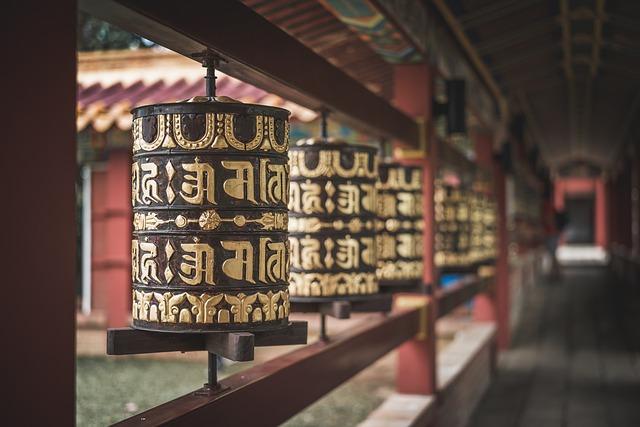In the tranquil embrace of a quiet room, the rhythmic repetition of a mantra can serve as both a personal refuge and a pathway to deeper self-awareness. Mantra meditation, an ancient practice revered across cultures, offers a unique blend of sound and silence that can transform the mind’s landscape. But as practitioners delve into this meditative art, a question often arises: should mantra meditation be a solitary journey, or can its benefits be amplified in the presence of others? This article explores the nuanced dynamics of practicing mantra meditation alone versus in a group setting, weighing the introspective depth of solitude against the collective energy of communal practice. Through examining the advantages and potential drawbacks of each approach, we aim to provide insight for both seasoned meditators and curious novices on finding the path that resonates most profoundly with their personal meditative journey.
Exploring Solitude in Mantra Meditation Benefits and Drawbacks of Solo Practice Cultivating Inner Peace Alone Expert Tips for a Fulfilling Solo Meditation Experience
Embarking on a journey of mantra meditation in solitude can be a deeply transformative experience, offering a unique opportunity to connect with one’s inner self. Practicing alone allows for a personalized pace and an environment free from external influences, fostering a space for self-discovery and personal growth. The absence of distractions often associated with group settings can lead to a more profound immersion in the meditative state, potentially enhancing the clarity and depth of the practice.
However, solo practice isn’t without its challenges. Isolation can sometimes lead to feelings of loneliness or stagnation, especially for beginners who may benefit from the guidance and energy of a group. Additionally, without external feedback, it can be difficult to gauge progress or identify areas needing improvement. Here are some expert tips to enhance your solo meditation experience:
- Create a dedicated space: Designate a peaceful area in your home where you can meditate without interruptions.
- Set a regular schedule: Consistency helps build a routine, making it easier to maintain the practice.
- Use guided resources: Leverage apps or recordings to provide structure and guidance during your sessions.
- Reflect and journal: After each session, take a moment to jot down your thoughts and experiences, helping to track progress and identify patterns.
In Conclusion
the journey of mantra meditation is as personal as the rhythm of your own heartbeat. Whether you choose to embark on this path in solitude or within the embrace of a community, the essence lies in the connection you forge with your inner self. Alone, you may find the depth of introspection and the whispers of your soul, while with others, the shared energy might propel your practice to new heights. There is no definitive answer, only the one that resonates with your spirit. So, as you ponder the question of practicing alone or together, remember that the beauty of mantra meditation is in its ability to adapt and transform, just like you. Let your intuition be your guide, and may your practice be as unique and enriching as the journey it unfolds.
